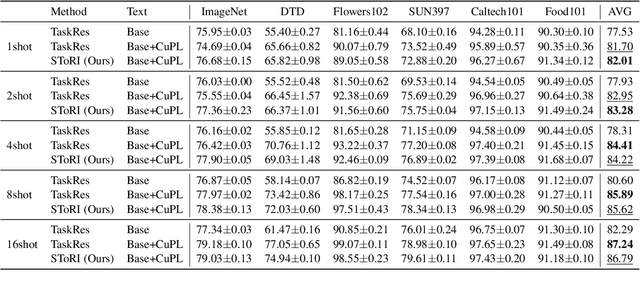Semantic Token Reweighting for Interpretable and Controllable Text Embeddings in CLIP
Paper and Code
Oct 11, 2024



A text encoder within Vision-Language Models (VLMs) like CLIP plays a crucial role in translating textual input into an embedding space shared with images, thereby facilitating the interpretative analysis of vision tasks through natural language. Despite the varying significance of different textual elements within a sentence depending on the context, efforts to account for variation of importance in constructing text embeddings have been lacking. We propose a framework of Semantic Token Reweighting to build Interpretable text embeddings (SToRI), which incorporates controllability as well. SToRI refines the text encoding process in CLIP by differentially weighting semantic elements based on contextual importance, enabling finer control over emphasis responsive to data-driven insights and user preferences. The efficacy of SToRI is demonstrated through comprehensive experiments on few-shot image classification and image retrieval tailored to user preferences.
 Add to Chrome
Add to Chrome Add to Firefox
Add to Firefox Add to Edge
Add to Edge